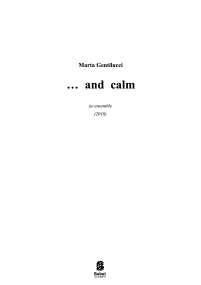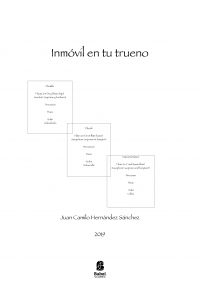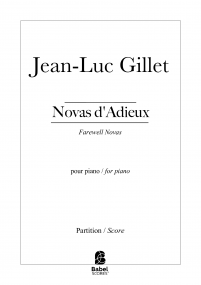Cartography of Liminal Spaces
ISMN : 979-0-2325-6590-3
- Identifiez-vous pour créer une liste
SPATIOTEMPORAL CARTOGRAPHIES is inspired by the famous dictum of Polish-American writer Alfred Korzybski: “the map is not the territory.” It explores the concept of non-linear form. Every work in this cycle is made up of sections that can be performed in any order, but without interruption, so that beginnings and endings are not obvious to the listener. Referring to these sections as “spaces,” Méndez conceives of each piece as the map of a variable landscape that can appear in many forms and evolve through time in different ways. Just as a human can chart many different paths when walking through a territory—having a different spatiotemporal experience of the area with each path—performers can find their own trajectories through each work, and vary them from performance to performance. Listeners, therefore, traverse the musical territory of the piece in ways that are not fully determined by the score, but instead depend on performers and their decisions.
In “Cartographies of Liminal Spaces,” Méndez plays with ideas of liminality and in-betweenness, exploring ambiguity in structure and sound. The prepared violin, which is featured alone at the beginning and ending of each of the “spaces” or sections, teeters on the threshold of being a solo instrument and an equal member of the chamber ensemble. Boundaries between instruments are blurred to an even greater extent than in other Méndez works, as when the neck of an alto saxophone is attached to the soundboard of the piano using a PVC pipe.
Text by Manuel Laufer
Recorded by Luca Gardani
Mastered by Mural Colak
Roberto Alonso- solo prepared violin
Keiko Murakami- prepared flute
Pablo Coello- prepared saxophones
Diego Ventoso- percussion/found objects
David Duran- piano
Pages - 62









